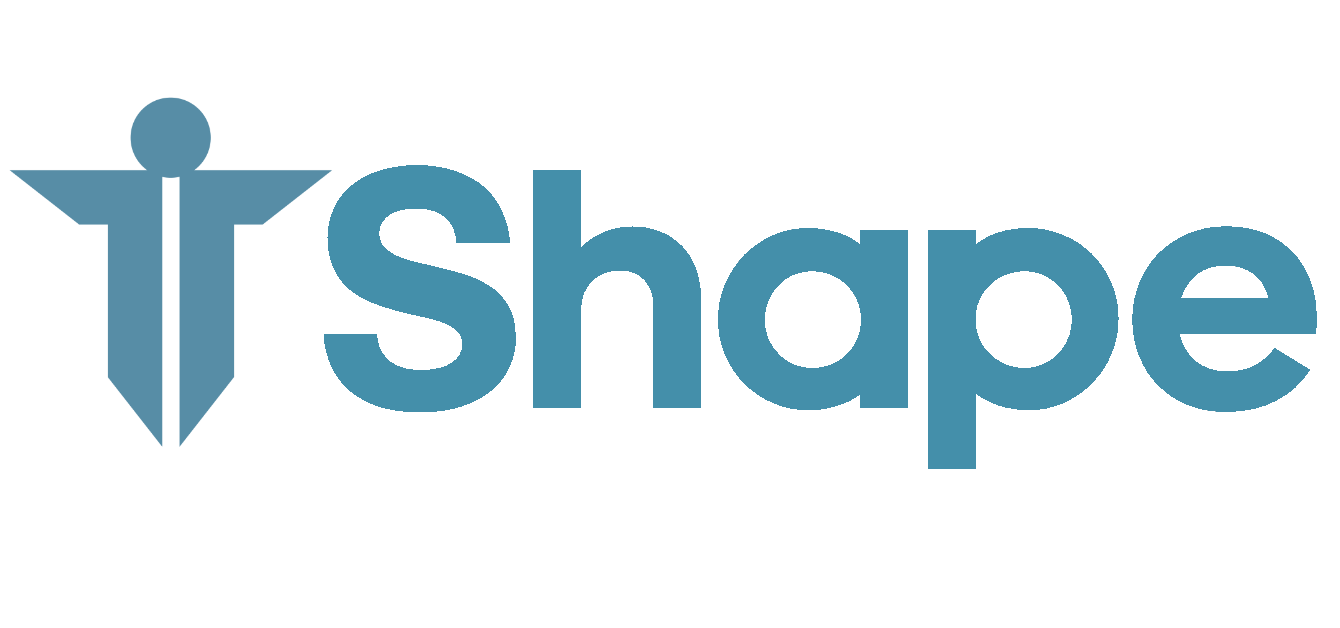Effective Strategies for Team-Based Decision

How are Decisions Made in a Self-Organizing Team?
A self-organizing team in Scrum is defined as a team that independently decides how to solve, organize, and manage its work. But how does the team make decisions?
It is important that the team can make decisions:
- Quickly
- Based on the correct information
- The team support
Examples of decisions a development team must make include:
- Selecting a candidate if the team needs to expand
- Technology choices and development process
- Collaboration tools and meeting structure within the team
- Complying with regulatory requirements and choosing safety measures
But what decision-making models can we use, and when is one model better?
Prerequisites Regardless of Decision-Making Model

Psychological Safety
To ensure the team makes informed decisions, everyone must dare to contribute relevant input, which requires a high degree of psychological safety.
Conflict Management
Since conflicts will arise, the team must use a conflict management model that ensures they are handled constructively and, if needed, with outside help.
Clear Boundaries and Transparency
It is important to clarify and ensure transparency about the areas within which the team can make decisions. As the team gains more experience, these areas should be continuously updated. One way to ensure clarity and alignment is to use Jürgen Appelo’s Delegation Poker.
Facilitation
With many participants involved, such as when using the consensus model, solution can be generated more effectively and with a higher degree of involvement using practices such as 25/10 crowdsourcing and 1-2-4-All from Liberating Structures.
Decisions Distributed by Roles
New teams and reorganizations will often start by clarifying roles and responsibilities (Tuckman’s stages of group development). The goal is to explain who can make which decisions and who should be involved and informed.
This decision-making model can support quick decisions, but it risks being based on insufficient information and support.
The definition of roles can lock in who can take the initiative to make decisions, thus removing motivation from team members.
Decision responsibility for individual roles can be challenging to describe clearly and will often be subject to interpretation in a specific case. When scaling to multiple teams where role definitions apply across teams, one of the challenges is that employees’ skills and motivations rarely match the role definition precisely.
Consensus and Consent Model
In this model, a decision is made when there is consensus or when no one is directly against the given decision (consent).
The model can ensure high support in small groups of 2-5 people.
However, the model quickly becomes time-consuming and ineffective for groups larger than 5 people, leading to decision paralysis or one member pushing for a decision, resulting in a lack of support. Using structures from Liberating Structures can help identify solutions and transparency, but ultimately, a decision needs to be made.
Advice Process
In this model, a team member or a small group decides after seeking advice from the following two groups:
- The people who are directly affected by the decision
- Those who have expertise in the area
The decision is made by the person or group with the motivation and takes the initiative, thus not based on hierarchical roles.
The model strongly ensures quick decisions based on relevant knowledge and input. The process allows everyone on the team to take ownership of a decision. The model differs from consensus in that not everyone is heard or needs to approve the decision.
However, this model can lead to some employees feeling excluded if they are not consulted, and there is a risk that decision-makers may overlook critical perspectives if they do not seek broad enough advice.
Summary
- Use decisions distributed by roles in new or reorganized teams where clarity and speed are crucial. However, avoid using it as the primary model as it can remove initiative and not function well in complex issues.
- Use the consensus and consent model in small groups where high support for decisions is important or where issues are highly complex.
- Use the advice process when quick, knowledge-based decisions are needed. It is important to maintain initiative and ownership among team members.
